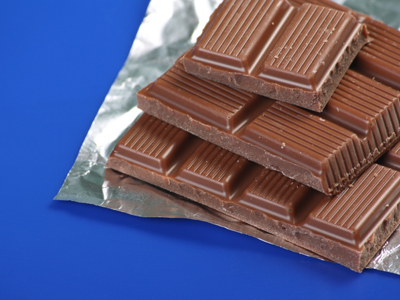
Unit 3 - Glucagon (H)
The amount of glucose, or sugar, in the blood must be kept within certain levels. This is the first of two GCSE Biology quizzes looking at how the body regulates blood sugar levels with hormones, and it concentrates on how glucagon is used to increase the amount of glucose in the blood.
If you measure the blood glucose level of two people who haven't eaten for several hours, it would normally be between 4 to 6 mmol/l. If the test subjects then swallow a glucose drink, measuring the level again would give a reading of higher than the top value, perhaps around 8 - 10 mmol/l. But if the level is measured again, about 30 minutes later, it would be lower, with exercise, it could even be back down into the normal range. Somehow, the body regulates its blood sugar level. It does this by using two hormones, insulin and glucagon. Glucose is required for the process of respiration so it is important to always have the right concentration in the bloodstream. The regulation of glucose involves the liver and also the pancreas.
Ready for more?
not all...
quizzers. Try to win a coveted spot on our Hall of Fame Page.







